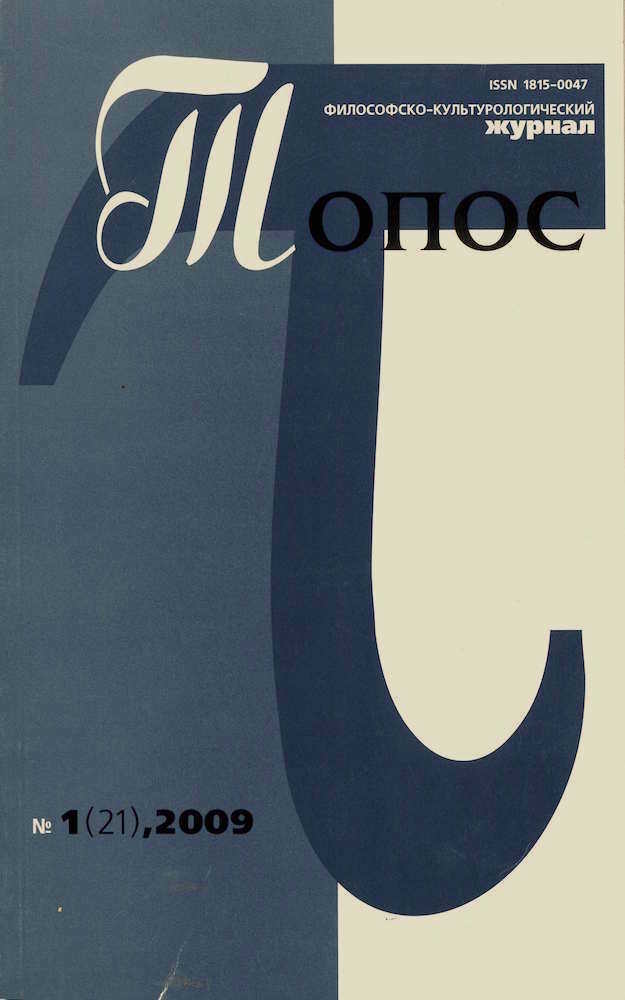The Animal and the Negative: Heidegger, Agamben and the Relation of Language and Death
Article
Abstract
[In English]
The text examines Heidegger’s remarks concerning the «essential» yet «unthought» relation of language and death through Giorgio Agamben’s readings of Heidegger in Language and Death: The Place of Negativity and The Open: Man and Animal. In the discussion of the possibility of this relation, Heidegger describes the animal as that lacking language and death, thereby intimating that the latter may be read in terms of a certain condition for the assignment of language and death to Dasein. If, as Agamben draws from Heidegger, language and death are indicators of a negativity that already «permeates» Dasein, what role may the animal play in this negativity, considering that the withholding of the animal from the experience of language and death may asseverate the relation as such? Connecting Agamben’s readings of Heidegger’s account of the animal and the unthought relation of language and death, the text suggests that the separation of man and animal discloses something to the effect of an inconsistency within what Heidegger posits as the shared corporeality of man and animal, an inconsistency that evinces this more primordial negativity in terms of a negativity intrinsic to the corporeal itself, viz., a negativity which may be posited beyond any anthropomorphism.
Downloads
This journal allows the author(s) to hold the copyright without restrictions. Topos Journal uses CC BY-NC-ND 4.0 license (license URL: http://creativecommons.org/licenses/by-nc-nd/4.0).



